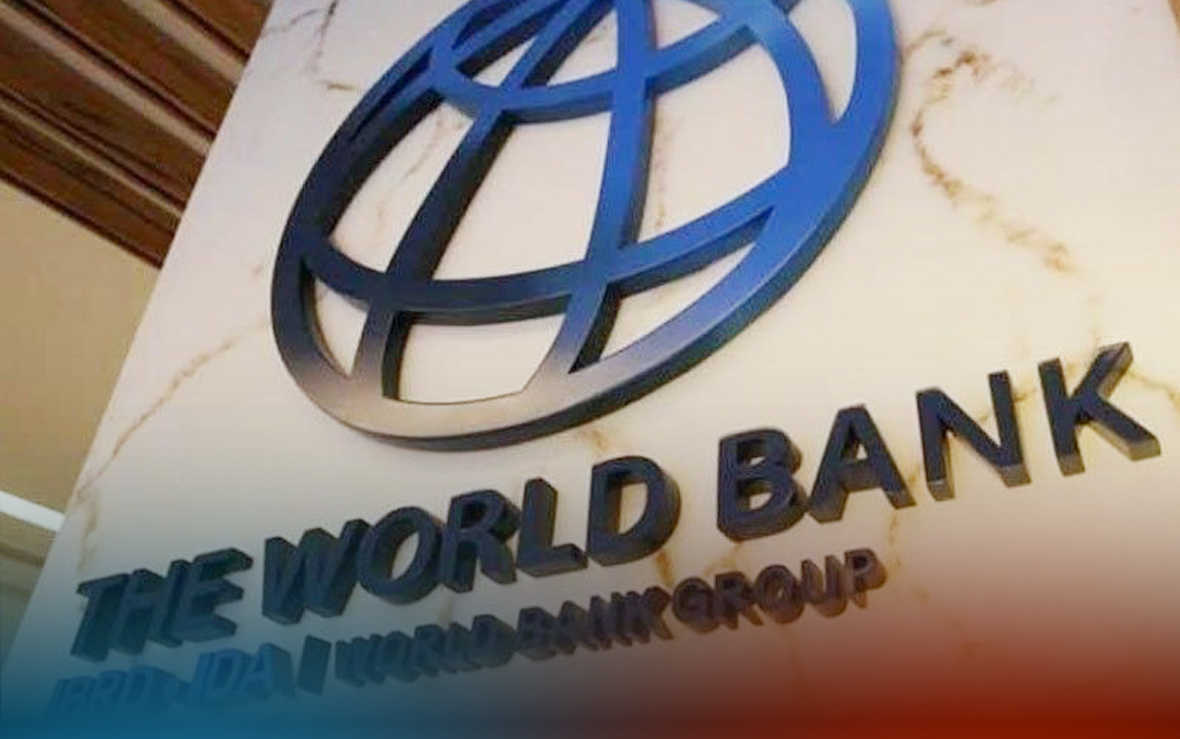ITINAAS ng World Bank ang 2024 at 2025 Philippine economic growth outlook nito, sinabing ang medium-term outlook ng bansa ay nananatiling kaaya-aya.
Sa kanilang East Asia and Pacific Economic Update for October, sinabi ng World Bank na ang ekonomiya ng Pilipinas ay tinatayang lalago ng 6.0 percent ngayong taon, tumaas mula sa naunang forecast na 5.8 percent.
Ang economic growth projection para sa 2025 ay itinaas din sa 6.1 percent mula sa naunang pagtaya na 5.9 percent.
Ang latest growth forecast ng international lender para sa Pilipinas ay na-outpace ang sa China, Indonesia, Malaysia, Thailand, at Cambodia.
Sa hiwalay na Macro Poverty Outlook report, sinabi ng World Bank na ang paglago ng ekonomiya ay susuportahan ng domestic demand at public investment.
“The medium-term outlook remains favorable, averaging 6.0 percent in 2024-26. Strong growth will be driven by robust domestic demand, benefitting from more accommodative monetary policy, and sustained public investment,” ayon sa World Bank.
“Private consumption will remain as the main growth engine, supported by steady remittance inflows, a healthy labor market, and lower inflation,” dagdag pa nito.
Ang pagpapalakas sa investment activity ay inaasahan ding susuporta sa paglago dahil ang public investment ay mananatiling above 5.0 percent ng gross domestic product (GDP) ng bansa.
Sinabi ng World Bank na ang bumababang real interest rates ay magbibigay benepisyo kapwa sa private investment at household consumption.
Idinagdag pa nito na ang patuloy na pagbuti sa labor market at ang paghupa ng inflation ay makatutulong din sa paglago sa household incomes.
“Poverty is expected to continue to decline but extreme climatic events pose risks. Poverty incidence is projected to decrease from 17.8 percent in 2021 to 13.6 percent in 2024 and further decrease to 11.3 percent in 2026, using the World Bank’s poverty line for lower-middle-income countries of USD3.65 per day, 2017 PPP (purchasing power parity),” anang World Bank.

